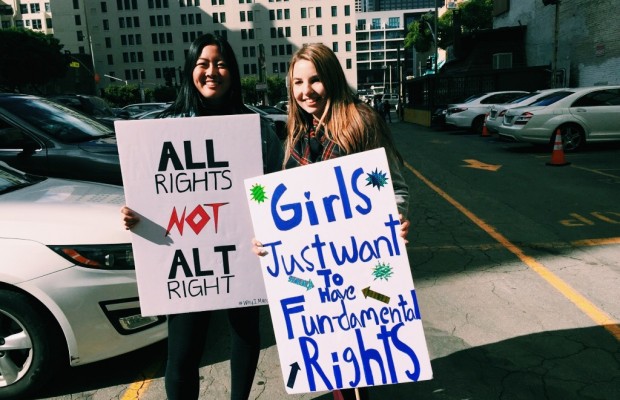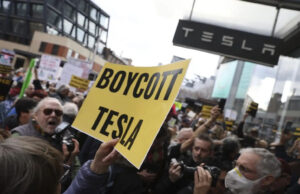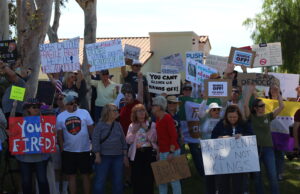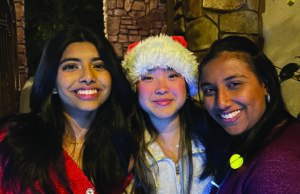Women make history again

They may have been separated by distance, but all across the world, men, women and children united in their fight for equal rights as they marched in unison to voices that chanted, “Equality is not a privilege, equality is a right.”
Over five million people worldwide peacefully protested in the “Women’s March” on Jan. 21. Marches were set up in all major cities, including Los Angeles, New York, and Washington D.C., as well as local cities such as Ventura and Santa Barbara.
The marchers’ purpose was to promote the protection of women’s rights, as well as their health, safety, and families. They also wanted to help the world see the positive effects of diversity in all aspects.
In the United States, many marched against the new president Donald Trump, who had been inaugurated the day before. He had previously made a statement saying, “Grab (women) by the p**sy, you can do anything,” and called Hillary Clinton a “nasty woman” during a debate. Many protesters held signs with the motto “The P**sy Grabs Back” and worn pink beanies with horns to condemn the misogyny these words represented and the power their gender holds.
Willa Stonecipher, sophomore, attended the march in Santa Barbara. “This is the man who has said derogatory things to basically all minorities, and yet, America still voted him into office,” Stonecipher said on President Trump. “But, this march gave me hope.”
Stonecipher decided to join the march because “this past election has been really devastating to me, and I’m still not fully recovered, and this really helped send the message that you are not alone. Your views are not alone, and the message of unity (still exists).”
However, not everyone was marching against Trump. Some were marching for immigration, and others were marching just to be heard, advocating to keep the democracy alive in America.
One of these people was Robin Lilly, English teacher. She went to the march in Ventura with 2000 to 3000 other protestors, as she “wanted to add her name to a set of values, which is inclusive of all communities, of immigrants, women, minorities of religions and ethnicity.”
To Lilly, the march “was more (to show that) these are values that we as Americans have, and these are values that I support, and they include things like equal rights of all communities.”
“I think it felt empowering, it felt like you were part of a community,” she added. “It was very positive, so even though there were a few critical signs or negative signs, for the most part it was a positive experience and uplifting and unifying rather than dividing and hateful.”
Although it was called the “Women’s March”, females were not the only people who attended the protests. Sam Church, sophomore, participated in the march in Los Angeles, which attracted around 750,000 people.
“Considering how pivotal right now is when it comes to global warming and protecting our ecosystems, I think it is very scary that Trump says that he doesn’t believe in global warming and is going to reverse all the steps we have taken to protect our planet so far,” Church said.
To Church, the march was also “a good way to vocalize my concerns, and I believe that peaceful protest is an important part of our democracy.”
Lilly also agrees. “It’s important for people to stand up for the values that they hold and what they believe in. It’s dangerous for us to just sit back and let things happen, especially when we don’t necessarily like what’s happening,” she said. “The ability to speak out when you see injustice happen, is important to reinforce, so participating in the marching, that was very positive, is also saying hey, this is who we are, this is democracy.”
Lilly, Stonecipher and Church all agree that the Women’s March will go down in history as a significant event. “It was a great experience and it felt good to be surrounded by like minded people who all seemed to really care about one another. And considering the massive turnout, it felt like an important part of history,” Church said.
Stonecipher was amazed by the size of the crowds in Santa Barbara. “The number of people that were there, it was incredible. They blocked off the streets, and if you looked back, you could see a massive sea of people marching,” Stonecipher said. “Overall, it was just incredible to be part of something that will go down in history, something that’s way bigger than myself or any one person.”
Although marchers worldwide were separated by entire continents, they were all unified in their desire for their voices to be heard―and heard they were.



